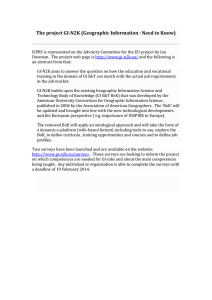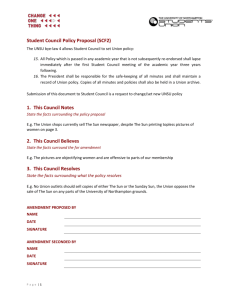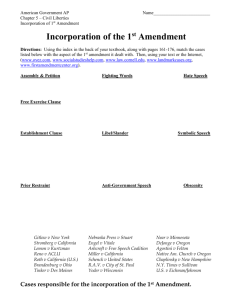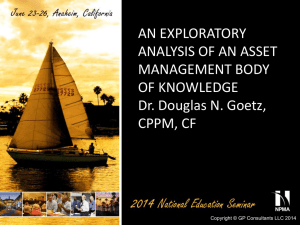Natalia Campbell English 112: Hardee November 28, 2012 The First
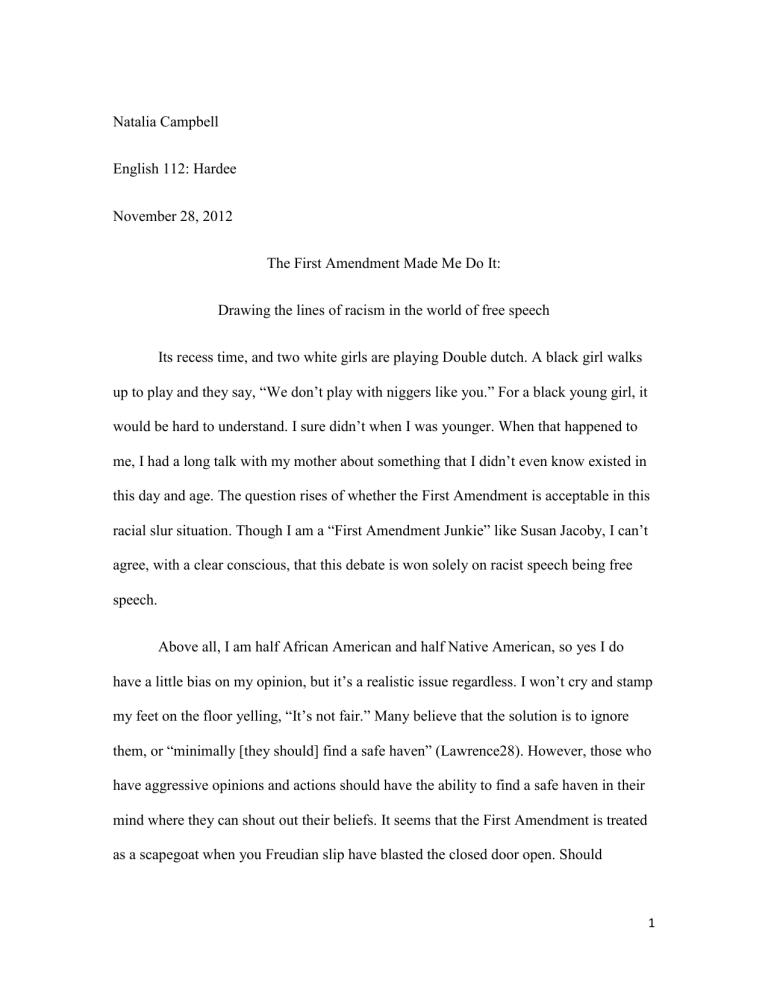
Natalia Campbell
English 112: Hardee
November 28, 2012
The First Amendment Made Me Do It:
Drawing the lines of racism in the world of free speech
Its recess time, and two white girls are playing Double dutch. A black girl walks up to play and they say, “We don’t play with niggers like you.” For a black young girl, it would be hard to understand. I sure didn’t when I was younger. When that happened to me, I had a long talk with my mother about something that I didn’t even know existed in this day and age. The question rises of whether the First Amendment is acceptable in this racial slur situation. Though I am a “First Amendment Junkie” like Susan Jacoby, I can’t agree, with a clear conscious, that this debate is won solely on racist speech being free speech.
Above all, I am half African American and half Native American, so yes I do have a little bias on my opinion, but it’s a realistic issue regardless. I won’t cry and stamp my feet on the floor yelling, “It’s not fair.” Many believe that the solution is to ignore them, or “minimally [they should] find a safe haven” (Lawrence28). However, those who have aggressive opinions and actions should have the ability to find a safe haven in their mind where they can shout out their beliefs. It seems that the First Amendment is treated as a scapegoat when you Freudian slip have blasted the closed door open. Should
1
minorities be run out, specifically of a university, because the racial slurs can’t be contained? We can go back to what our mothers always told us, “Sticks and stones can break our bones, but words will never hurt you.” However, when words “inflict injury or
[tend to] incite…a breach of the peace” is when mother’s advice is thrown out the window (Lawrence 28).
Derek Bok argued in his article,
“Protecting Freedom of Expression on the
Campus ,” that we should ignore such slurs, signs, and symbols so we can create a “truly understanding, supportive community” (33). Bok wants to ‘create’ an understanding and supportive community to what? Create a community that sees fit to high-five those scholarly students that want to joke of the past of the 19060s segregation when the mission statement is to advance the mind of the youth? Advance meaning improvement, not standing still in the same mucky water of the 1960s and 70s where lynching was a bigger problem than our economy problems of today. Harvard is known by the motto of truth (History), which is stricken in the case of racist speech with “the perpetrator’s intention not to discover the truth or initiate dialogue, but to injure the victim” (Lawrence
28). Evidently, this community is understanding and supportive of allowing such controversial issues to be thrown under the rug.
Everyone generally has concerns with this delicate issue, and although I have strong dogmas about where I stand, it is hard to point a finger to what are the set rules or regulations of fixing this issue. Many want to fight, many want to yell, and many want to even burn things or people or get even. I do agree with Bok, however, that the issue is on
2
each college head to create specific policies on what is tolerated and what isn’t. Should a person get charged with public nudity the same as a person walking around with posters saying “Kill all Niggers?” That’s just one of the curious queries that would have to be examined. We will never, even with government assistance, have a set solution.
However, we cannot push this topic under the rug, because sooner or later the floodgates will open like Brown v. Board of Education with severe consequences.
3
Works Cited
Lawerence III, Charles R. "One Racist Speech." Current Issues and Enduring Questions
(4th ed.). Ed Sylvan Barnet and Hgo Bedau. Boston: Bedford Books of St.
Martin's Press, 1996. 27-30. Print
Bok, Derek. "Protecting Freedom of Expression on the Campus." Current Issues and
Enduring Questions (4th ed.). Ed Sylvan Barnet and Hgo Bedau. Boston: Bedford
Books of St. Martin's Press, 1996. 32-33. Print
4
